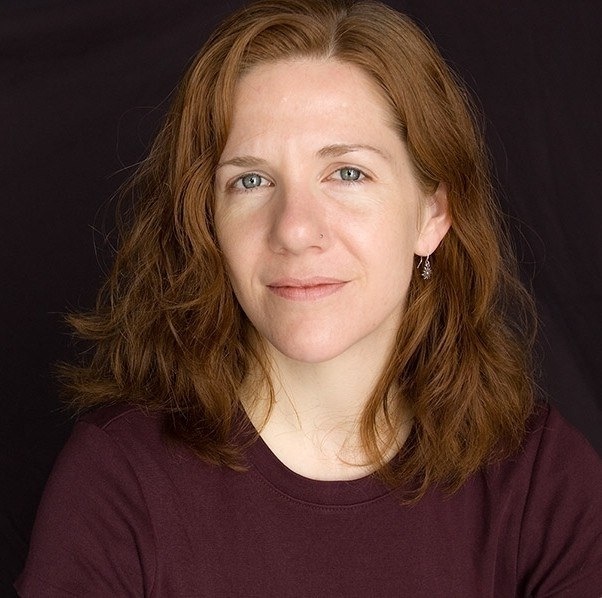Excerpt
Alida: We’ve done our work in Act One. Right? We’ve introduced the character, we’ve introduced the stakes, we’ve introduced the supporting characters, the setting, and we have set up the choice she needs to make. And therefore what kind of repercussions are going to start unfolding in Act Two? And what other kinds of events can come forth? The cowboy returns, wounded but alive. The dentist passes away, but she’s already pregnant by him. And now does the cowboy take her back?
Kathryn: That’s where the fun comes in, right? And I think for me, I always struggle with Act One with that idea of, Wait, what am I supposed to say here? Like, I know where I’m going but I don’t backtrack well enough. I liked that example because you gave us such a strong inciting incident. So I was able to think, okay, think backwards, because for me, I can always kind of, oh, and then my way through brainstorming for act two. But act one always kind of feels a little bit more like, wait, hold on, what did I need? And how do I get there?
VIDEO
AUDIO
SHOW NOTES
What we talked about:
What does your opening scene do? (0:48)
What is the purpose of Act 1 anyway? (2:32)
Act 1 as a mini-story. (5:41)
Don’t confuse your opening with your inciting incident. (6:44)
Act 1 is not disconnected from Act 2. (7:21)
Some examples from Alida of opening action. (8:40)
Craft your Act 1 so that your character will choose to go into Act 2. (12:53)
Reverse engineer from your inciting incident. (15:33)
Don’t pull in too much information – just give us enough to make the choice inevitable. (18:45)
Where confusion can come for a writer. (19:35)
What about agency? (21:45)
RELATED EPISODES
LINKS
Get Alida’s Writing Tips here.
Things we mentioned:
Star Wars Episode IV: A New Hope
The Wizard of Oz
Have thoughts, questions, other examples? Join the conversation at the Story Works Writers Facebook group.
Do you enjoy the show?
Do you learn something every week?
Do you feel like you have company on your writing journey?
About Your Hosts







0 Comments